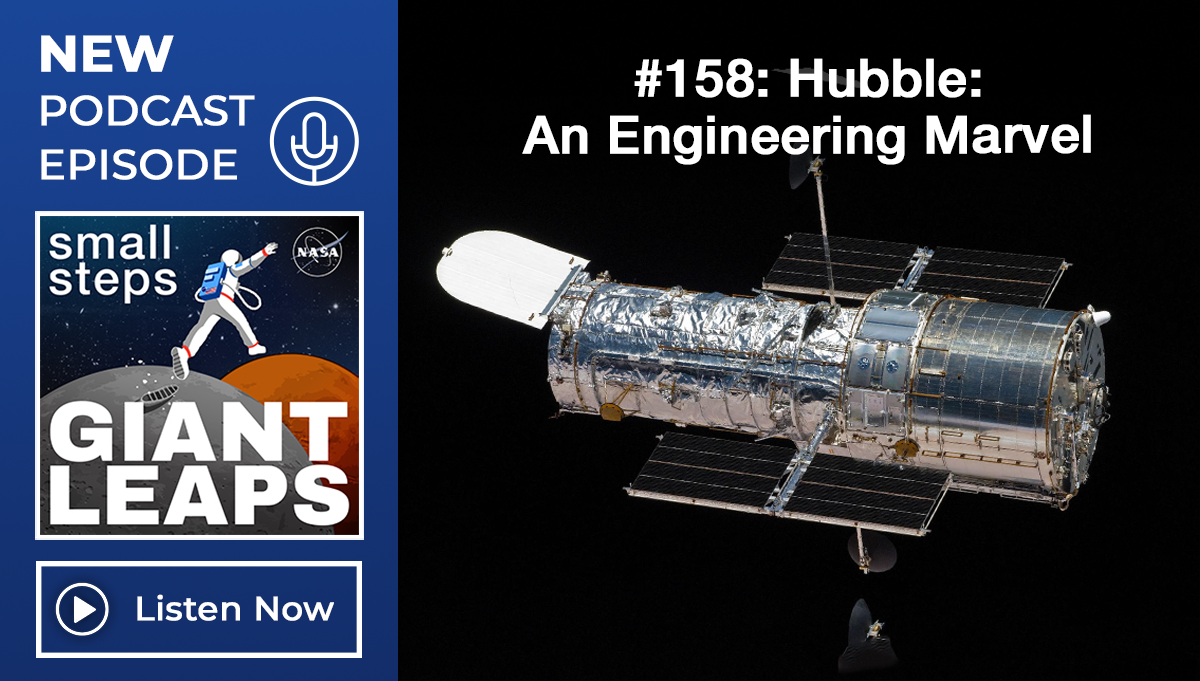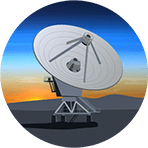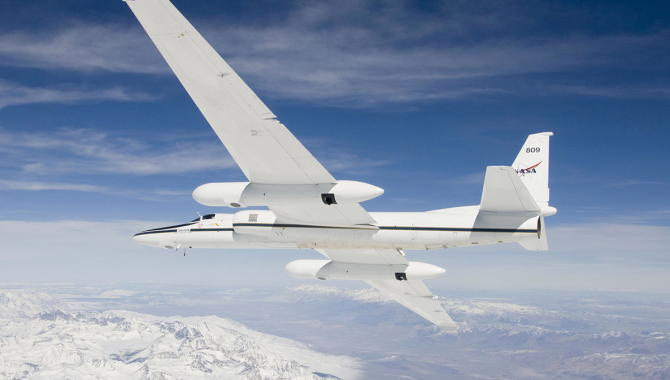
INSIGHT: February 2022

Critical Knowledge inSight: Open-mindedness
Watch Video
A leader who keeps an open mind will bring in more diverse opinions and ideas to help a project succeed.

Spotlight on Lessons Learned: Electrical Short Circuits due to Tin Whiskers
Read More
An investigation into the cause of intermittent electrical shorts on the Cassini space probe over a six-year period determined they were most likely due to the presence of tin whiskers.
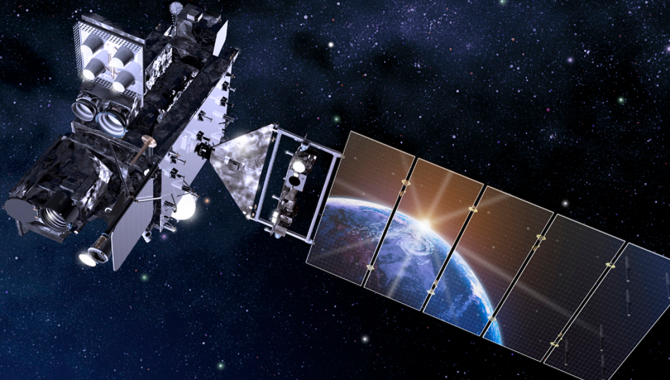
NASA, NOAA Prepare for GOES-T Launch
Read More
Latest weather satellite will improve forecast models, wildfire tracking.
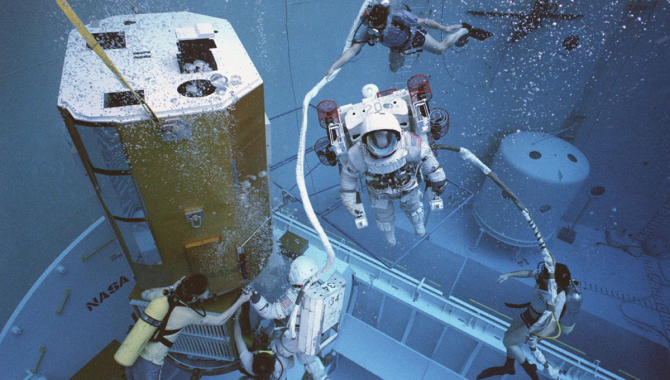
This Month in NASA History: Solar Maximum Mission
Read More
Rescued spacecraft examined sunspots, solar flares and more.




